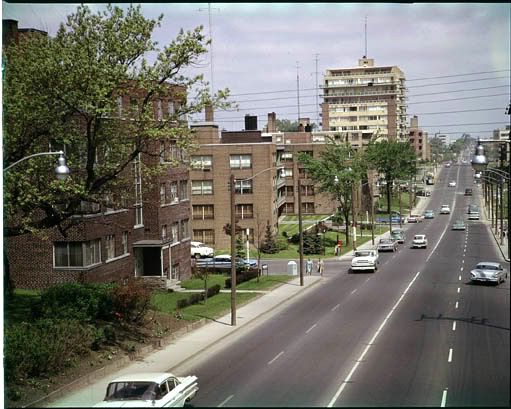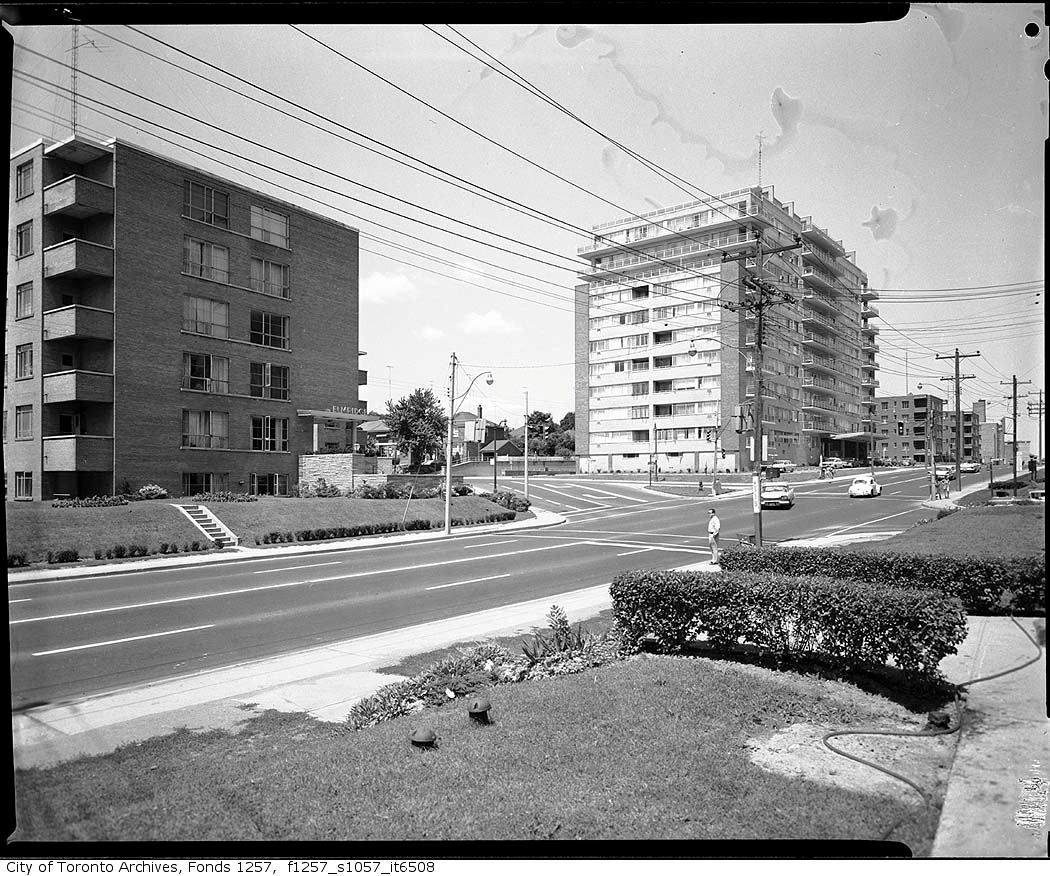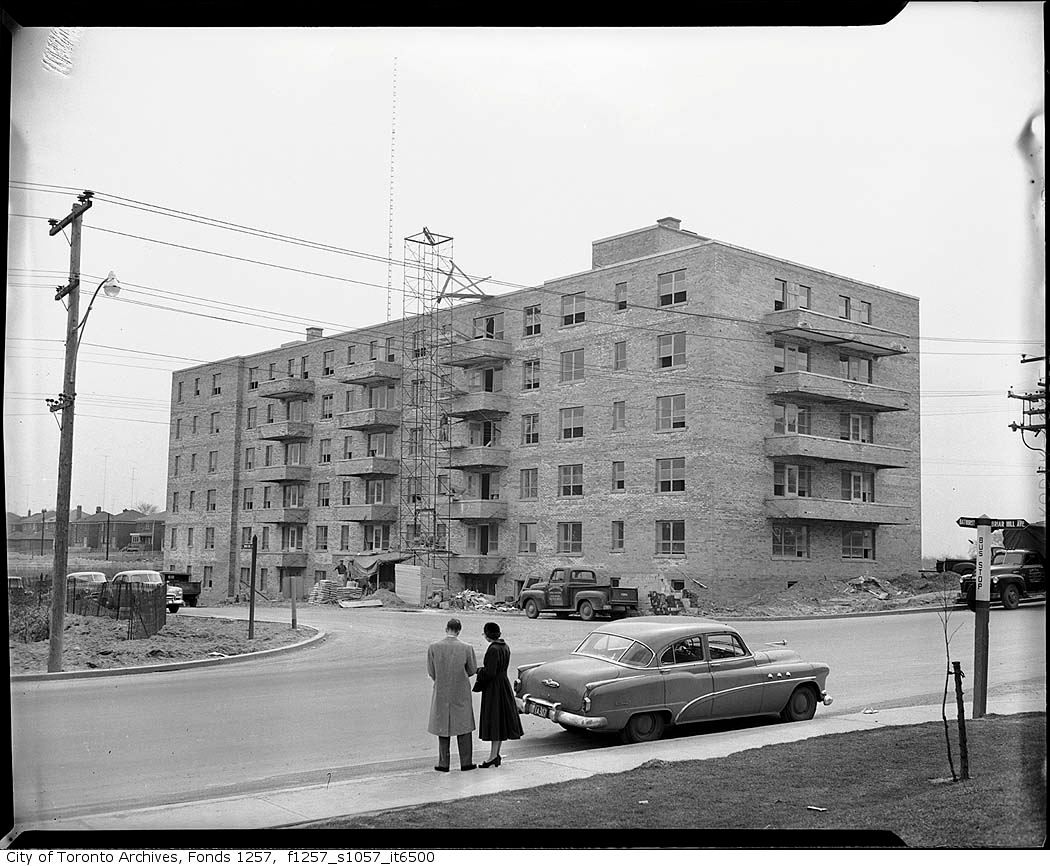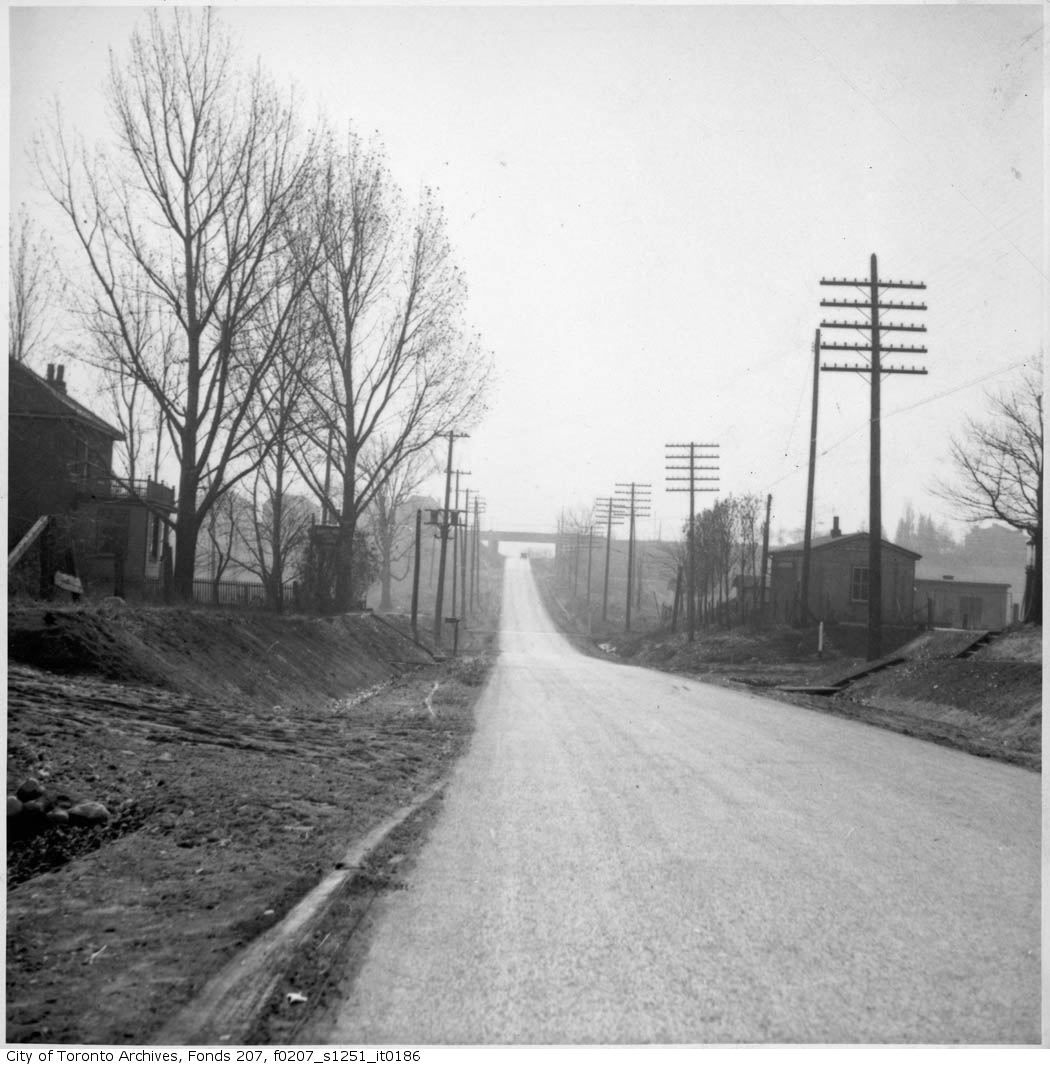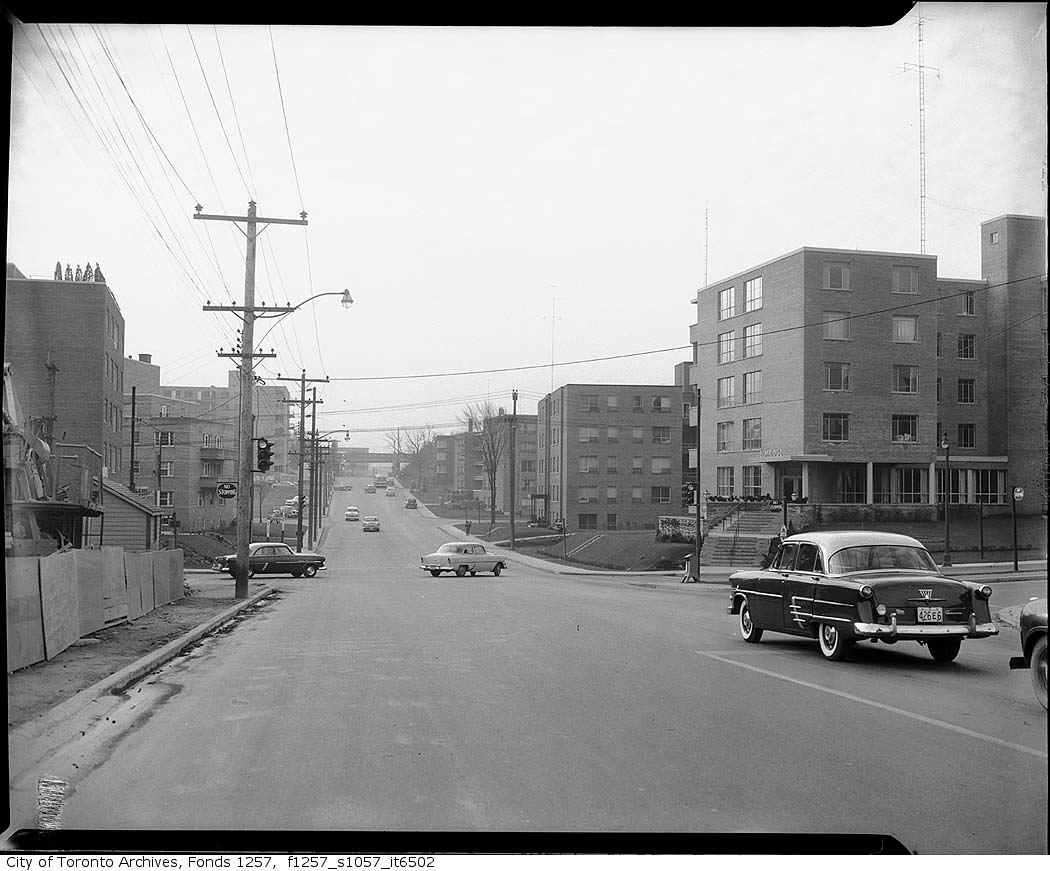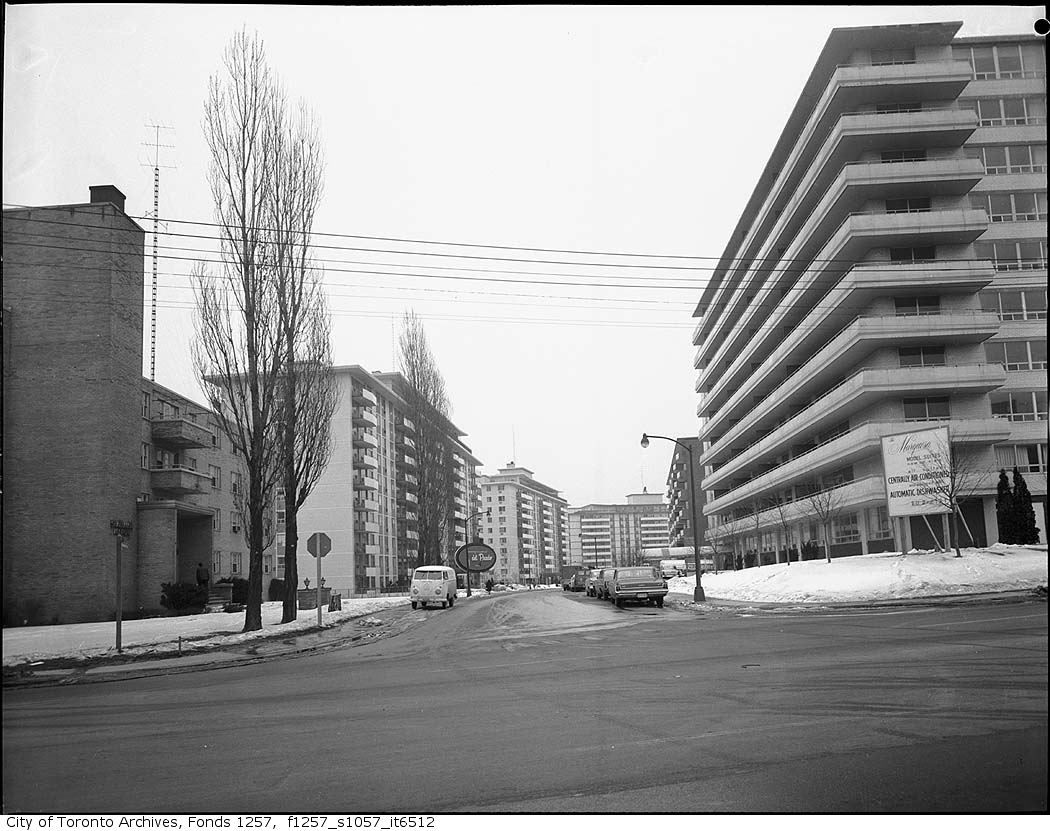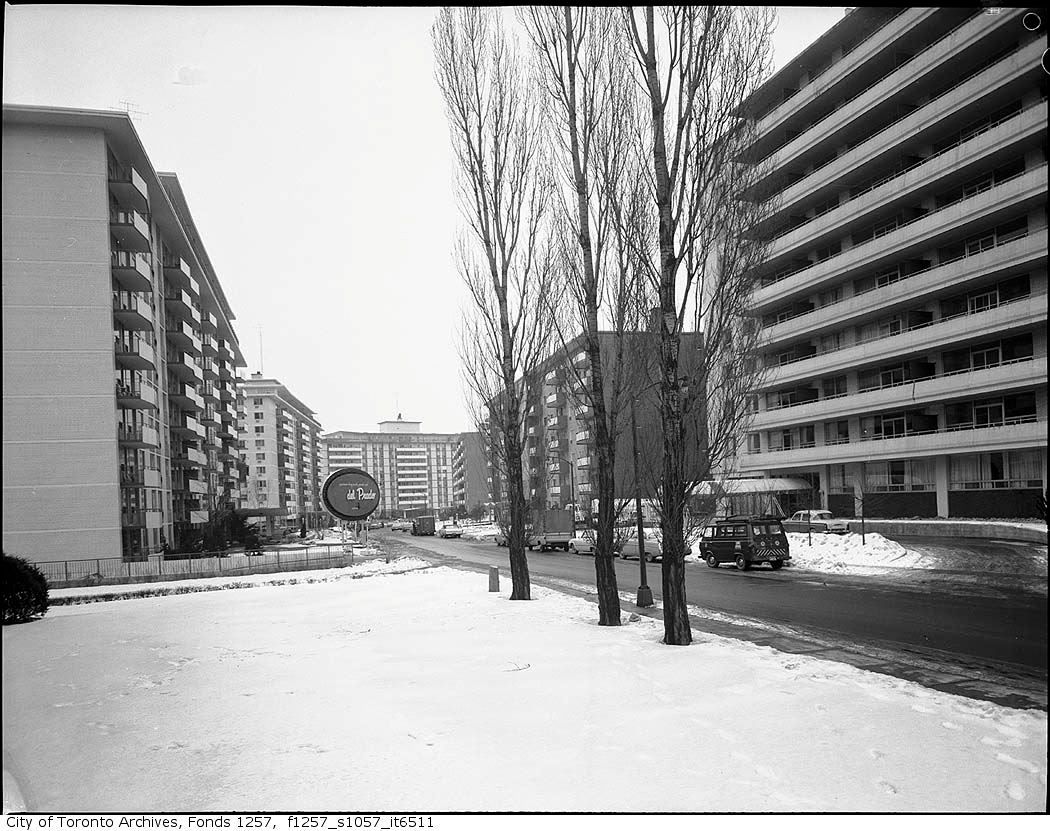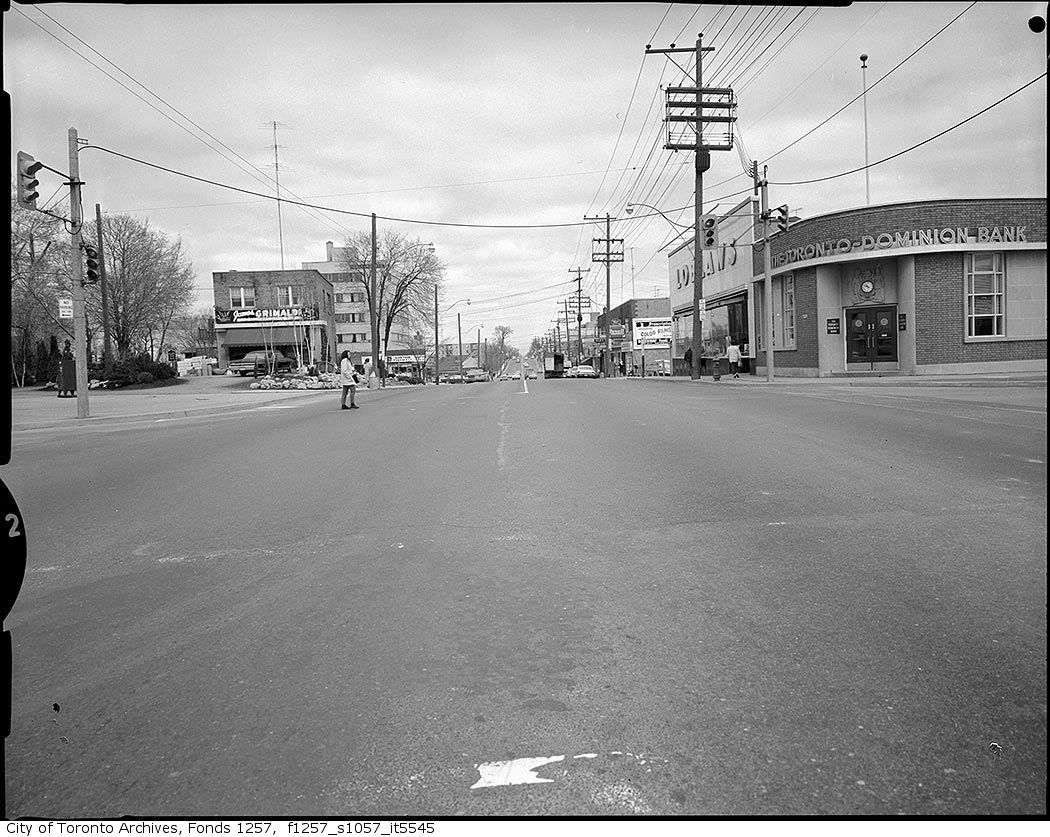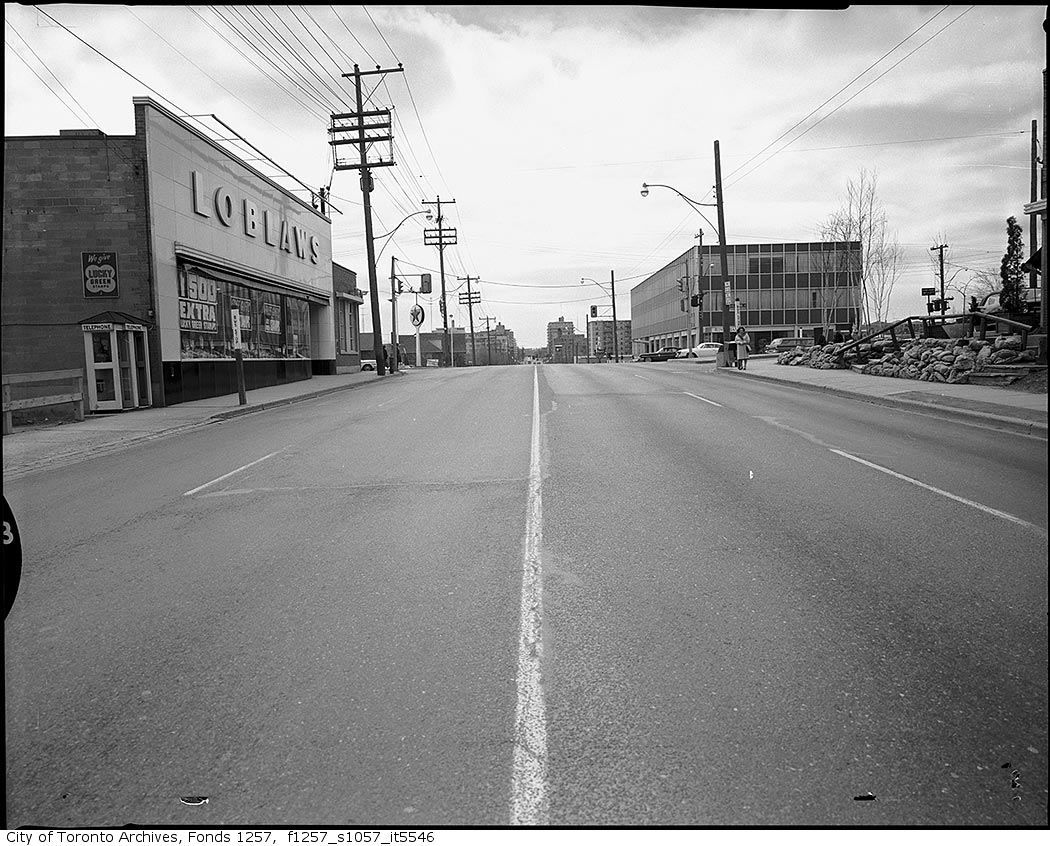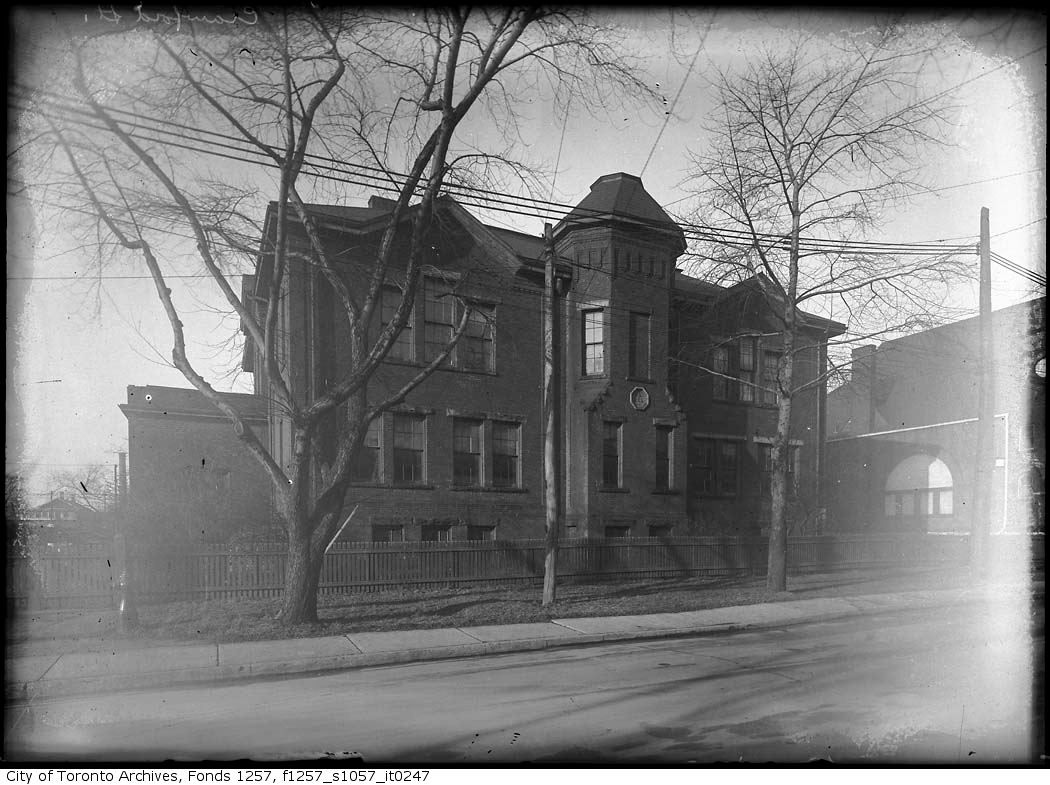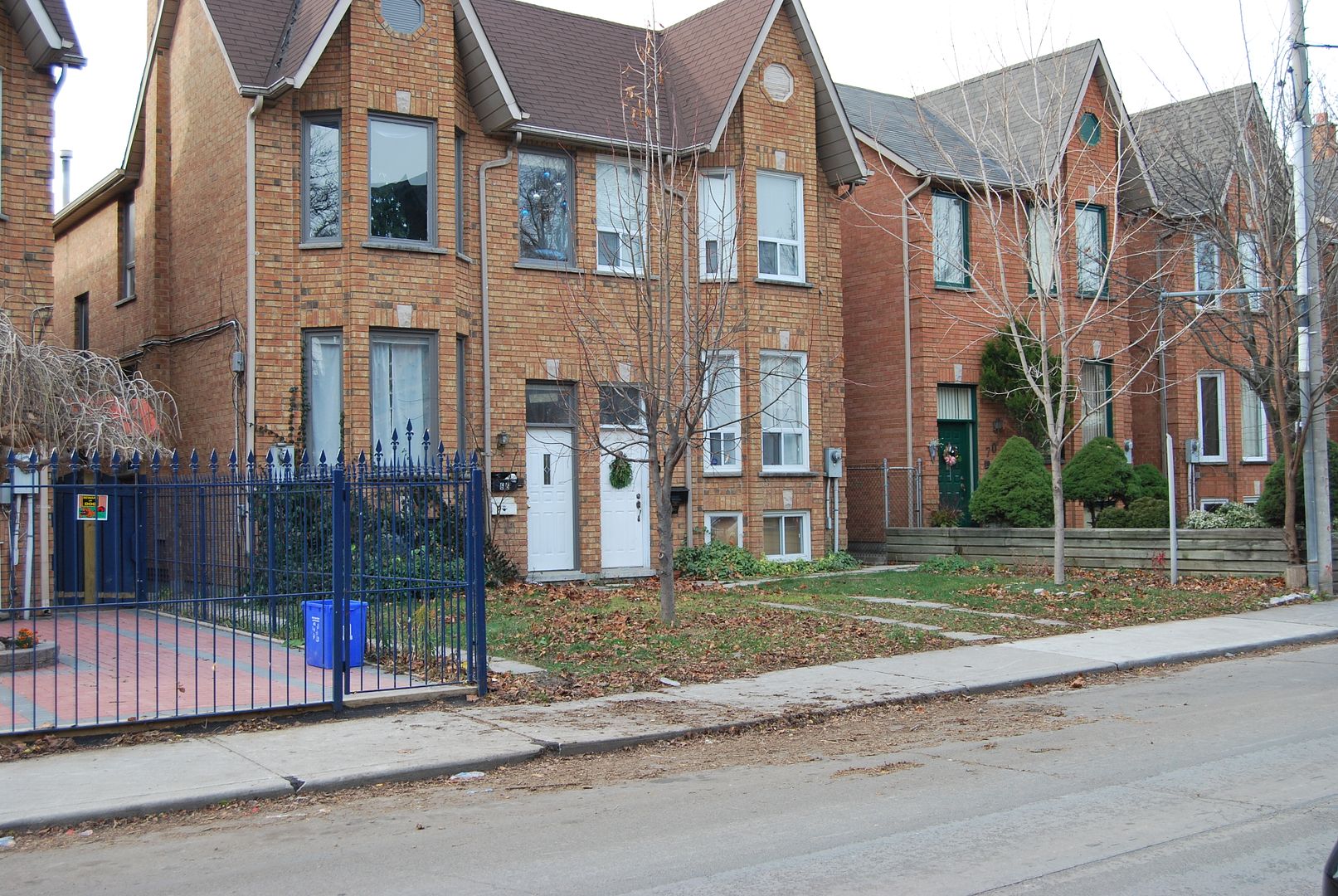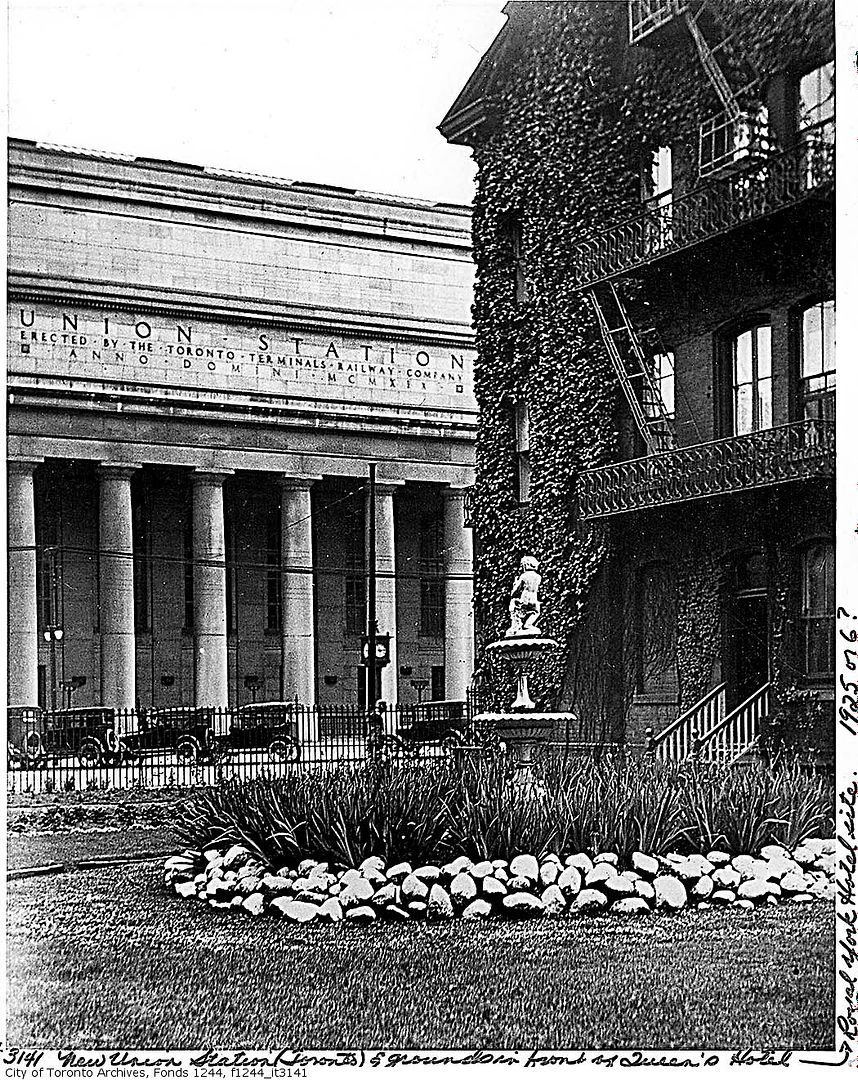LowPolygon
Senior Member
there are a number of developments up there that, in a more perfect world, would be more appreciated than they are. i always loved Shoreham Court. when it was completed (71-72?) it looked VERY futuristic, especially since there was very little development surrounding it; but it appears to be a serious dive now, what with the Shoreshot Crips and all the rest of it...




















